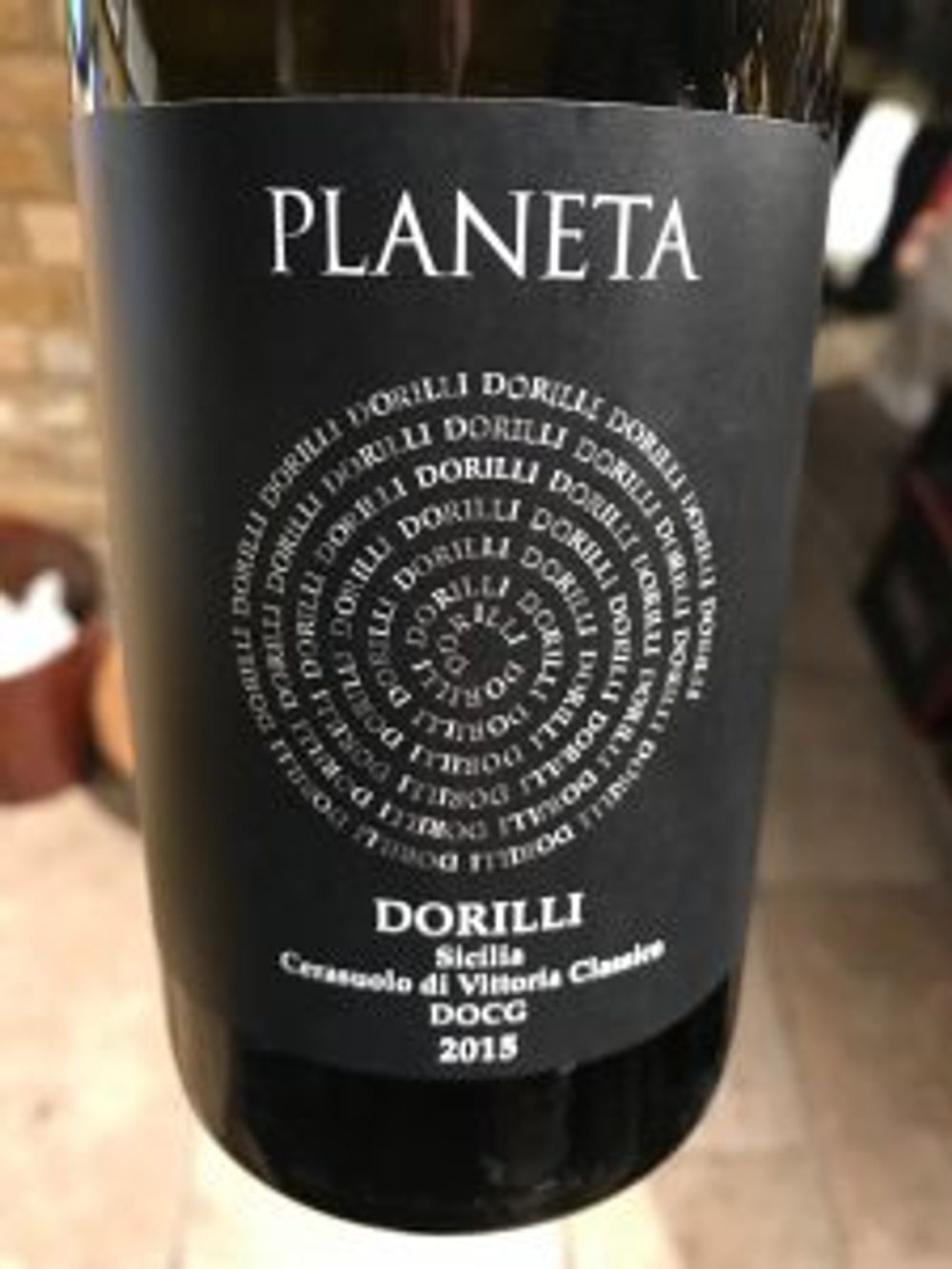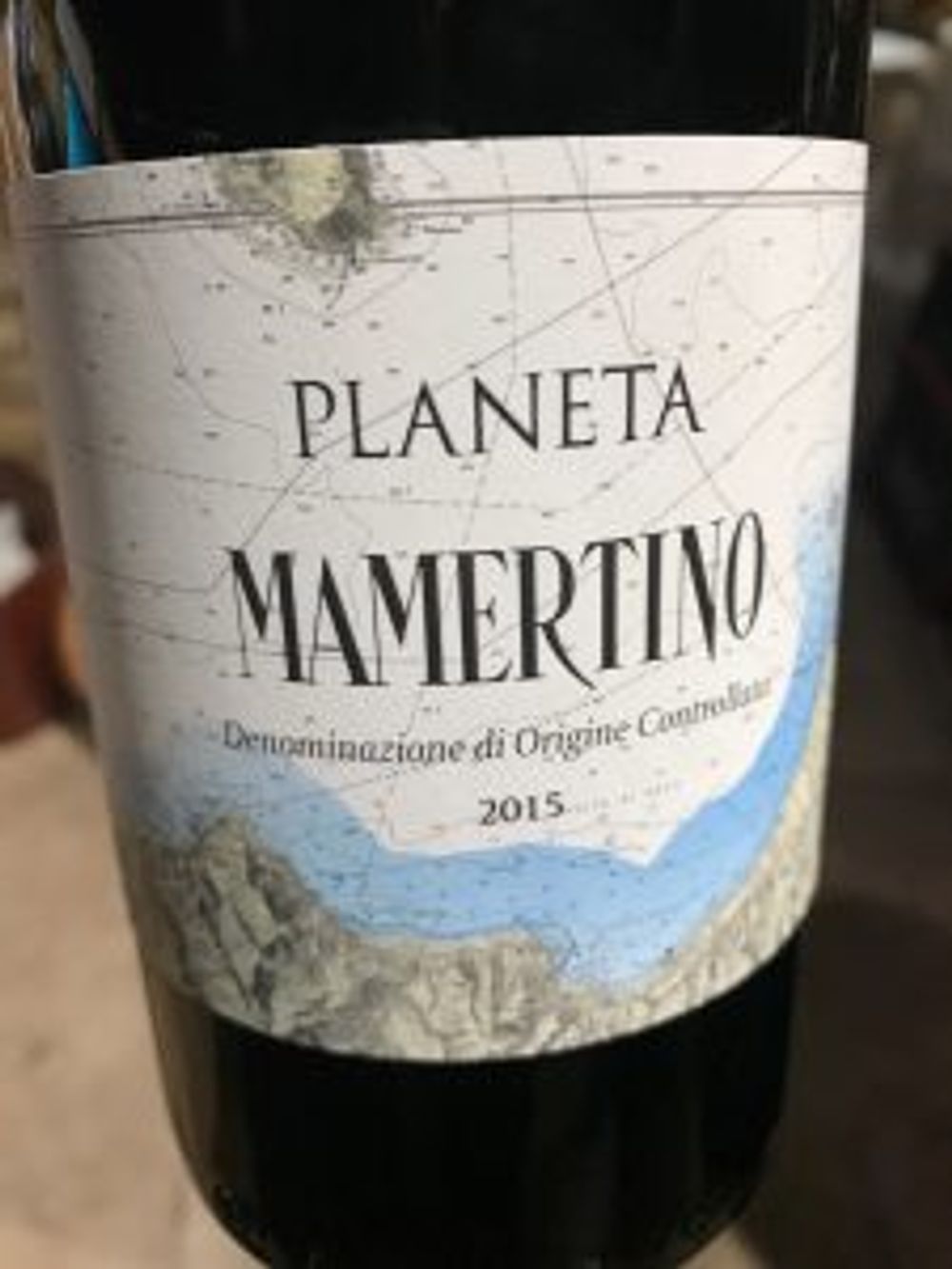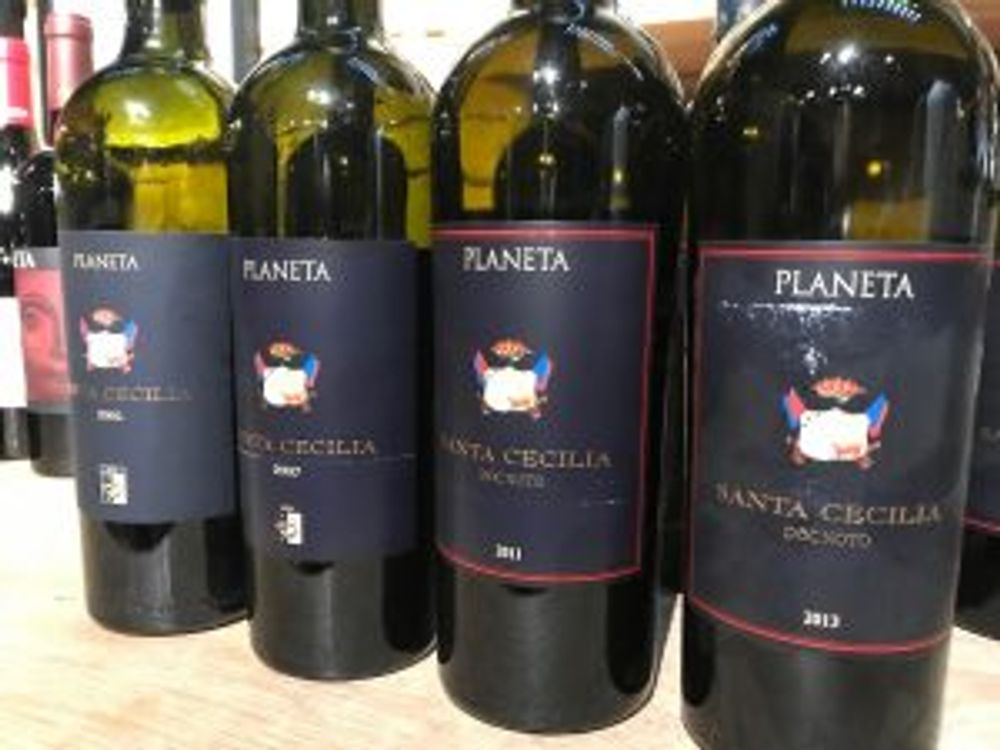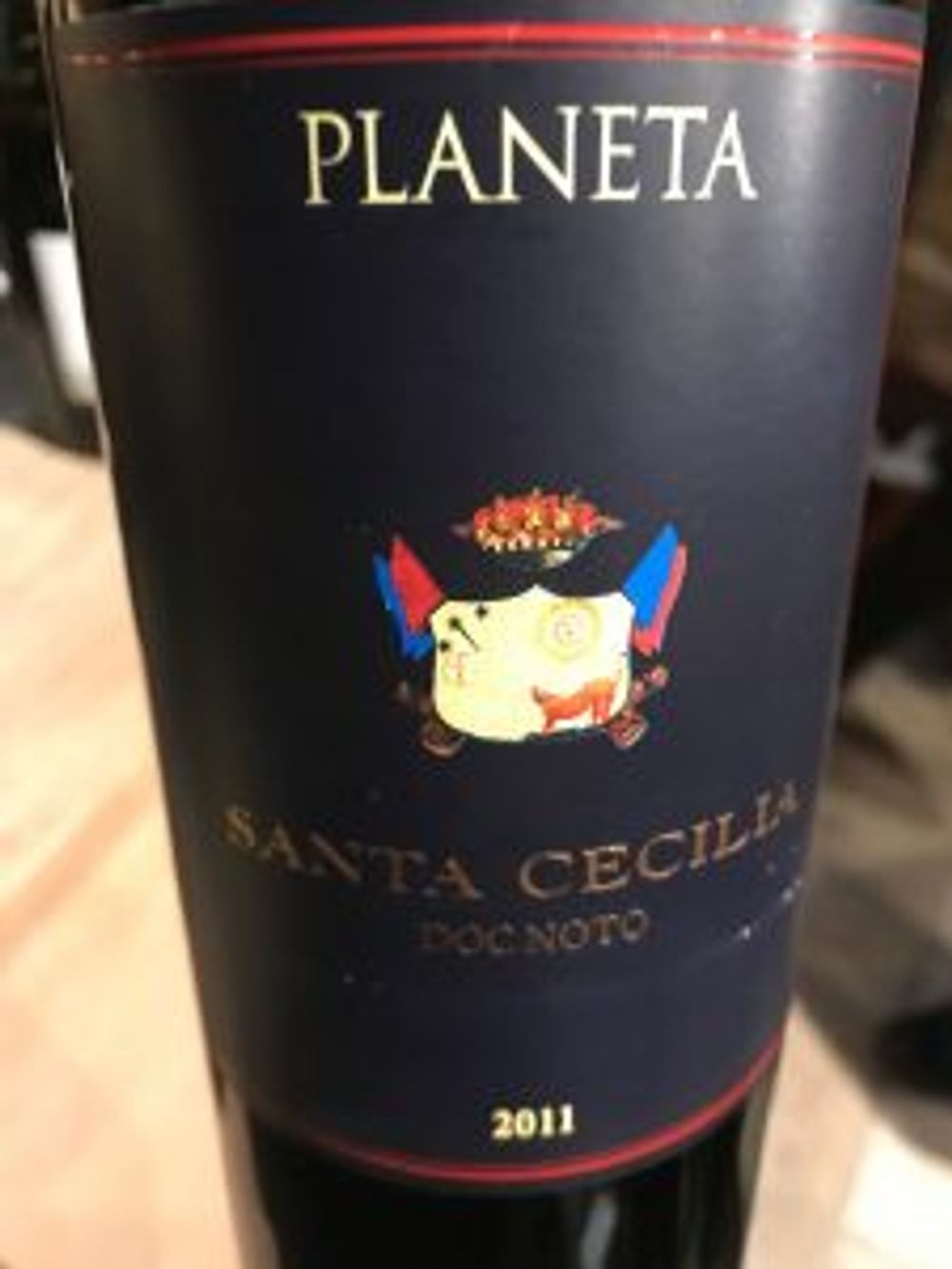A vertical of Santa Cecilia (2005, 2007, 2011 and 2013), Dorilli 2015 and Mamertino 2015 was an eye-opening tasting with new varietal-specific stemware to boot.
Although Nero D’Avola is a grape variety that’s springing up in areas of the New World such as Australia and South Africa, it is primarily a Sicilian grape, originating from the far Southern tip of the island and now spreading out to four main growing areas – Noto (its ‘home’), Menfi, Vittoria, and Capo Milazzo in the far North.

It is one of Italy’s most important grapes (seventh in terms of production) and the number one planted red grape in Sicily, an island where 85% of its wines come from indigenous grape varieties.
Although it has had an agricultural presence in Sicily for five centuries, and just over a century as a major wine cooperative, Planeta only recently planted its first vineyard (in 1985) and has been steadily growing ever since – one foot in traditions that date back to Roman times and the other in the contemporary wine world where its reputation for making a range of quality wines is mixed with a marketing saviness that you don’t always associate with Italian wineries.
It’s fair to say Planeta has been at the forefront of taking Sicilian wine into the world of fine wine.
It is against this backdrop that Enotria&Coe, Planeta’s UK distributor, assembled a group of London’s top sommeliers at Hedonism for what it called an Exploring Nero D’Avola Masterglass (sic) – on account of it coinciding with the launch of Nero D’Avola Riedel stemware.
Alessio Planeta, the company’s chief winemaker and recently appointed head of trade body Assovini Sicilia, had brought with him a range of new and aged Nero D’Avola so that we could taste it as a single varietal as a blending component, see regional differences and how the wine ages.

There were six things that really surprised me:
- How soft the tannins are, even in youth
- How well it ages – acidity was still there on the 2005 Santa Cecilia
- The variation you get with blending components
- The vintage variation
- Relatively low alcohol (13% ABV with blending, 13.5-14% when it is 100% Nero D’Avola)
- It doesn’t like Mount Etna (because of the rain and altitude)
The high acidity and low PH means that it has considerable ageing potential which was then demonstrated with the wine tasting.
Dorilli 2015, Cerasuolo di Vittoria Classico DOCG, (70% Nero D’Avola, 30% Frappato)

From Dorilli Vittoria, one of Planeta’s four wineries that produce Nero D’Avola (it has six wineries in total)
The fruit here was destalked after 21 days on skins, malo in steel followed by 12 months in 36hl wood barrels.
Tasting: Medium ruby; attractive nose of citrus fruits (orange peel), freshly cut strawberries, dried herbs; young but surprising soft tannins, good structure but really quite delicate with it.
Mamertino 2015, Mamertino DOC, (70% Nero D’Avola, 30% Nocera)

Only the second vintage from Planeta’s eight ha of young vines here in Capo Milazzo on the North of the island.
The fruit here is destalked before 14 days on skins, malo in steel followed by 12 months in 35hl barrels.
Tasting: Medium to light ruby; fairly dumb nose, hints of flowers and herbs; nice blend of wild cherries and more brooding dark flavours – liquorice, spice. Lovely, food-friendly texture, high acidity but well integrated with the youthful tannin.
Seeing how 100% Nero D’Avola ages with Santa Cecilia
We then tried four vintages of Santa Cecilia (2013, 2011, 2007, 2005) which is grown on the limey, almost white powdered soil of Noto, the South-East tip of Sicily and the home of the Nero D’Avola grape.

The vines here are 15-25 years old. The fruit is destalked followed by 21 days on skins, malo in steel followed by 14 months in 2nd/3rd fill barriques – the same vinification process is used for all four vintages.
There was considerable vintage variation with all wines ready to drink now or be kept longer in the cellar, except perhaps the 2007.
Santa Cecilia 2013, Noto DOC, (100% Nero D’Avola)
From a very warm, dry vintage. Dark to medium red with purple edges; notes of bayleaf, ripe plums, wood; an attractive palate of blue plums, wild cherries, fresh herbs; rich but structured with fine, well-integrated velvety tannins.
Santa Cecilia 2011, Noto DOC, (100% Nero D’Avola)

A great vintage, alongside the 2005 for quality. Light to medium ruby; an intense, complex nose that requires work but delivers, especially after you taste this wonderful wine. There are notes of caper and green olive, dried herbs and black fruit; on the palate there is intense freshness, with wonderful flavours of Mediterranean herbs, blackberries, cherries. This was my pick of the tasting for drinking now or keeping.
Santa Cecilia 2007, Noto DOC, (100% Nero D’Avola)
Considerable evolution: brick red; on the nose rich without being jammy, blackberries and liquorice; on the palate very much dominated by liquorice (perhaps too much), grilled meat juice. It has a fresh palate but needs drinking rather than keeping.
Santa Cecilia 2005, Noto DOC, (100% Nero D’Avola)

Considerable evolution: reddish brown; on the nose drying figs, balsamic, rumtopf, dried mint; on the palate really great balance, meaty, fresh, pruney (in a good way), black olives, deep black fruit. Sandpaper tannins, fully integrated but still with a linear backbone of acidity. Wonderful now or will keep for another five years.
Planeta’s wines are imported into the UK by Enotria&Coe, a supplier partner of The Buyer. You can read more about the company here.































